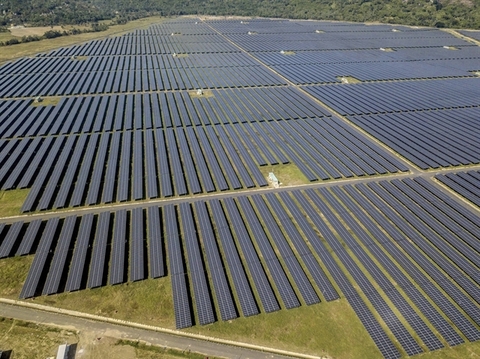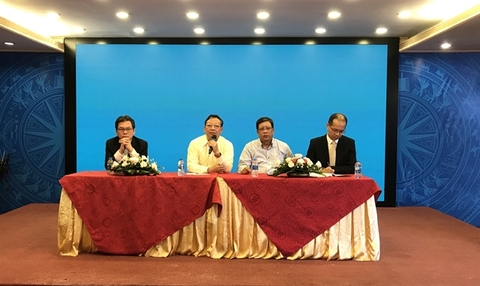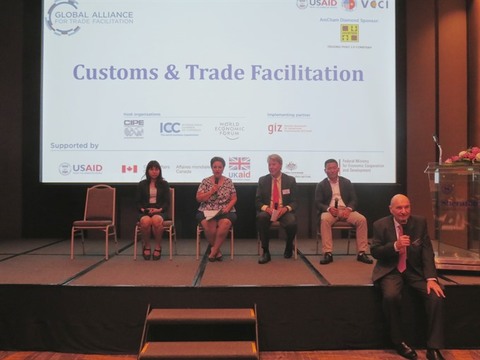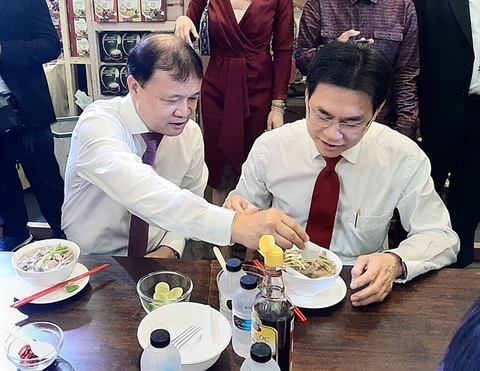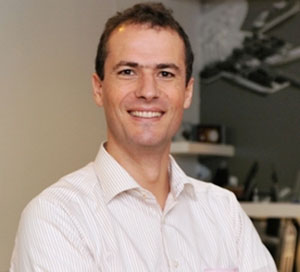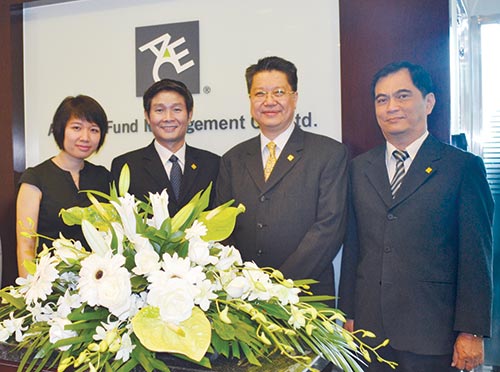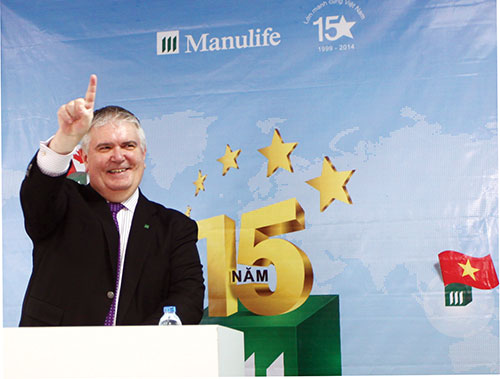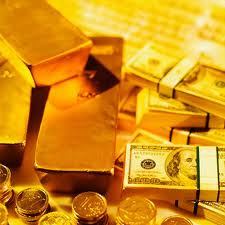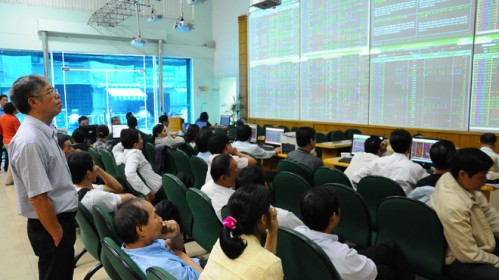Formosa incentives fully legal
Formosa incentives fully legal
Discussions have recently raged over the incentives offered to Formosa Plastics Group’s $10 billion steel and Son Duong deep-water seaport complex in the central province of Ha Tinh. Professor Nguyen Mai*, who acted as an advisor to the province on this gigantic project talked to VIR’s Thanh Huong about the issues involved.
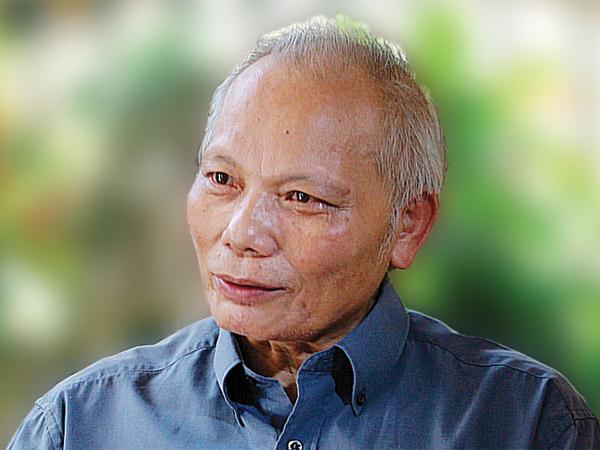
The Vietnamese government recently said that it would not allow the establishment of a special economic zone (SEZ) for Formosa’s complex because the zone doesn’t fit current regulations. What do you think of Formosa’s proposal?
An investor has the right to propose the establishment of an SEZ, but interestingly, Formosa only made the proposal after the anti-Chinese riots in May. Before that it never had such a proposal.
As the host country, Vietnam can turn down the proposal, but in doing so we have to ensure Formosa understands that we sympathise with the difficulties they’re facing. However, we have our principles.
Here the government said it turned down the proposal because there are no current regulations that allow a firm to set up an SEZ. The government has emphasised that it remains supportive of the investor and is determined to ensure that the construction schedule stays on track.
The government actually did address the consequences of the riots very well. The prime minister has insisted insurance companies work as quickly as possible to compensate any investor that was affected by the rioting. The extent of damage at each foreign invested enterprise is being assessed to determine compensation. Investors have really welcomed these measures.
Many people believe that the incentives already provided to Formosa for the complex are huge already, and represent too big a concession. What do you think?
The incentives for the steel and Son Duong deep-water port complex stipulated in the investment certificate issued by the Vung Ang Economic Zone Management Authority in 2008 were all completely legal at that point in time. Major foreign invested projects today can actually receive even larger incentives.
What benefits will Formosa’s $10 billion complex in Ha Tinh bring?
Formosa has confirmed that the plant will start production in May 2015 following the interruption to construction caused by the rioting. Formosa has put about $4 billion into Vietnam already and in approximately 1.5 years it will add another $4 billion. Excluding existing investment in the southern province of Dong Nai, Formosa is the largest foreign direct investor in Vietnam and comparable to the South Korean Samsung’s capital injection during the 2015-2016 period.
The project will employ 40,000-50,000 workers with an average salary of VND5-6 million ($237-$284) a month, double the income per capita in the central provinces. This will have a knock-on effect on local people’s living standards and wages.
Moreover, Formosa is now co-operating with the Hanoi University of Science and Technology and some other schools to recruit labour for overseas training. This will mean Vietnam will have formally-trained steel engineers that are well-versed in the latest techniques and technologies in the sector. In addition, the project will also make a remarkable contribution to the state budget.
Many steel companies are worried that this new Formosa plant will increase competition. Is this a valid concern?
Vietnam still imports about $5 billion worth of steel products every year that domestic producers aren’t able to produce yet. The Formosa plant will only produce high-grade steel and that’s what Vietnam currently imports.
Under the plan, Formosa will export most of its products to bring in foreign currency to import ores. We have suggested the investor sell part of the high-grade steel they produce in Vietnam so we can cut down on imports. If the firm sells its products in Vietnam, we can also collect value added tax, and this should be encouraged, especially now that the firm is enjoying corporate income tax exemptions.
Formosa’s project uses 2,000 cubic-metre blast furnaces, which is far larger than any existing furnace in Vietnam. This will reduce the impact on the environment and introduce new technologies into the country. Formosa has also invested in a 400 MW power plant to provide electricity for its steel production and will sell the surplus generated.
vir


